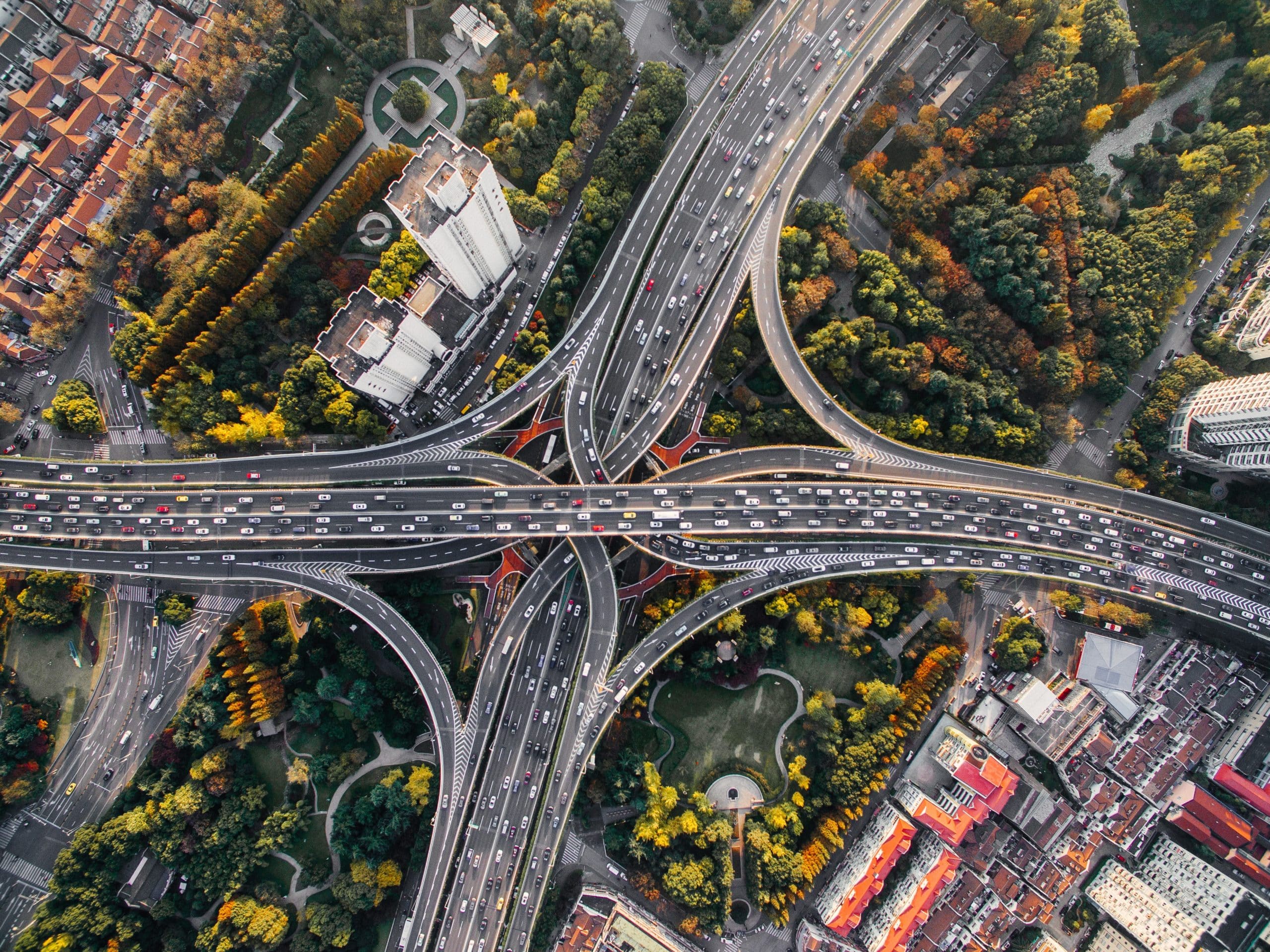
How Technology Can Help Us Reduce The Rate Of Deforestation
Over the last century, forests have been significantly compromised, resulting in the green cover being lowered to only around 30%. An estimated 18 million acres of forest have been lost every year as calculated by the United Nation’s Food and Agriculture Organization. Deforestation is leading to an imbalance in environmental and ecological lifecycles. Moreover, what makes the situation more alarming is if it continues with the same pace, the rainforests may be destroyed entirely..

Causes of Deforestation
Mining, drilling, farming and grazing of livestock account for more than 60% of all of the deforestation. Wildfires, urbanization, and forestry practices account for the remaining 40% of deforestation. Mostly, forests are cut down for the production of palm oil that is used in almost every routine product from saltines to shampoos. In the Amazon, soy plantations, cattle ranching, and farming are key culprits for deforestation.
Additionally, logging operations done to provide wood and paper products globally also cut countless trees annually. Some of the loggers are illegal and their actions of making roads to access more forests contribute towards aggressive deforestation. Moreover, deforestation is a result of growing urban sprawls as more lands are being developed for constructing homes and businesses.
Not all deforestation activities are intentional. Some occur due to a natural phenomenon, including overgrazing, wildfires, and earthquakes or happen due to the combined human and natural factors that may prevent the growth of new plants.

How Technology Can Help to Reduce Deforestation?
A start-up company in the UK has presented a high-tech concept with the belief and commitment of being able to plant one billion trees every year. Many other organizations in different regions of the world are also contributing to the efforts of preventing global deforestation and ensuring overall sustainability.
According to wwf.org, “We’re losing 18.7 million acres of forests annually, equivalent to 27 soccer fields every minute….Deforestation is a particular concern in tropical rain forests because these forests are home to much of the world’s biodiversity.”
Considering deforestation as a complex issue with lots of challenges and destructive impacts, the concept of planting can be grasped easily. The reason is, cultivation is an expensive and labor-intense activity, and replanting is not enough to keep up with the pace of habitat loss.
Technological innovation has taken up an initiative to seek cutting-edge harness technology. The current technologies are revolutionizing planting processes and working to replenish valuable habitats and priceless species. This leads to ensuring a more sustainable supply of foresting materials and equipment.
How it works?
These start-ups may fit just perfectly with the goal of taking the world away from the conventional “take – make – dispose of” model of manufacturing and consumption of energy contributing global economy. Many NGO’s and companies leveraging mechanical plantations have received global grants designed to boost the potential of innovations for preserving the environment.
The initial stages of these technologies are to establish an integrated and dedicated supply chain with a business model for commercialization and business strategy. This will self-generate funds and help to grow the projects for long term success. The next step will involve planning and planting on a large scale with automated planting solutions that demonstrate solutions to impact ecosystems.
The UAV system

The designed planting systems are comprised of an unmannered aerial vehicle (UAV) with a machine learning software. The software technique is fully automated and offers the benefit of being extremely less expensive, yet can work faster to combat the impacts of deforestation. It is estimated the machine can plant ten seeds per UAV per minute. With this, a billion trees can be planted annually.
Besides being economical and quick, the technique offers many advantages. Its mapping technology can be useful to enhance the uptake rates and likelihood of the healthy development of the forest. This gives the plantation technique an edge which is carried out by the UAVs. The benefit is inaccessible with a land base approach, and thanks to the technology can now be reached.
The drone fires pods into the ground, which enables planting of a large number of trees in less time. Every pod is loaded with a pre-germinated seed in a nutritious hydro-gel that gives the most favorable mineral environment and all the moisture needed to sprout it out.

Hence, the technology represents a significant departure from traditional planting techniques giving hope to reverse the destructive impacts of deforestation. Manual tree planting is slow, expensive, and has more chance of de-germination as spreading dry seeds results in low uptake rates.
Moving Foreword
Innovative technologies to benefit the reduction of deforestation offers an opportunity to help the world meet its environmental needs and overcome obligations. A commitment has been made to restore 350 million hectares of deforested land by 2030 at the UN’s Climate Summit held in Paris in 2015. This clearly elaborates that conventional planting techniques will not be enough to fulfill the objective.
In the end, scaling up the innovation at the global base will continue to fine-tune the pace of seed plantation with seed-pod dispersal technology and attract investors and collaborators to establish the concept of need in the international market.
Author Bio: John William is a passionate writer and social activist. He has worked with different NGO’s from a decade to serve and preserve the environment. Currently, John is working as a content writer at Australian Master.



Post a comment